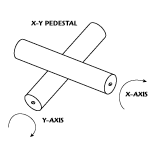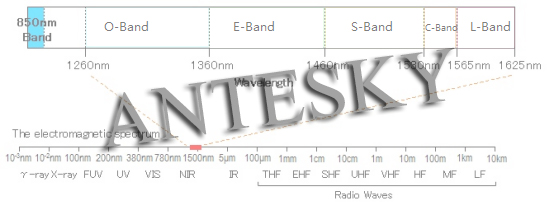Introduction and Difference for Ka-band, Ku-band and L-band for LEO Tracking
The frequency band used for LEO tracking is various including Ka-band, Ku-band, L-band etc. The terms L-band, Ku and Ka satellites are universal quite freely. While do you really have an idea that what are they mean and the differences between them? The band in use is the radio frequencies used to and from the satellite: L-band frequencies in the 1…
3-axis X-Y Pedestal for LEO/MEO Tracking Ka-band Antenna
3-axis X-Y Pedestal for LEO/MEO Tracking Ka-band Antenna : A very unique and efficient pedestal design, that has been optimized for tracking LEO satellite on ka-band frequency. It has a novel three axis geometry that not only provides for full hemispherical coverage but also assures that during tracking. The system never comes closer than 45 degrees to a keyhole. This leads to the lowest possible axis speeds and…
How to Choose a Mount for Tracking LEO Satellites for Ka-band Antenna System
How to choose a mount for tracking LEO Satellites for Ka band antenna system. A low Earth orbit (LEO) is an orbit around Earth with an altitude above Earth’s surface of 2,000 kilometers (1,200mi), and an orbital period between about 84 and 127 minutes. Objects below approximately 160 kilometers (99mi) will experience very rapid orbital decay and…
Frequency Band and Pedestal for Weather Satellite Receiving System
Frequency Band used for Weather Satellite Receiving System include L-band, C-band, Ku-band and Ka-band etc. The diagram of communication wavelength bands is shown below: L-Band (1-2 GHz) As a relatively low frequency, the L-band is easier to handle, requires less complex and inexpensive RF devices, and because of the wider beam width, the antenna’s…









